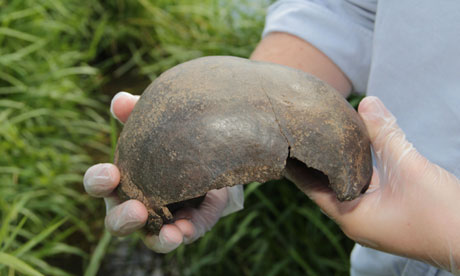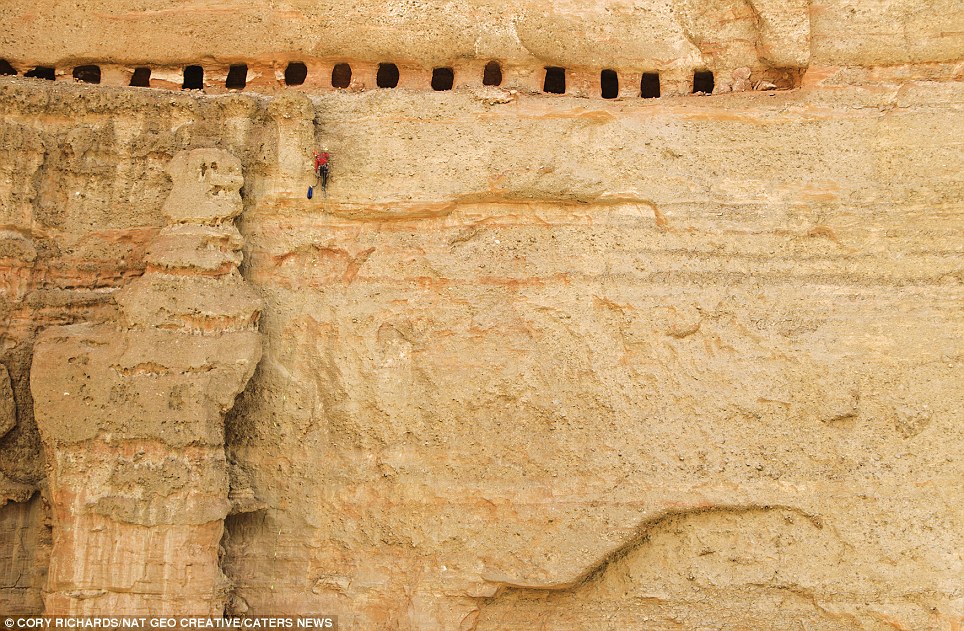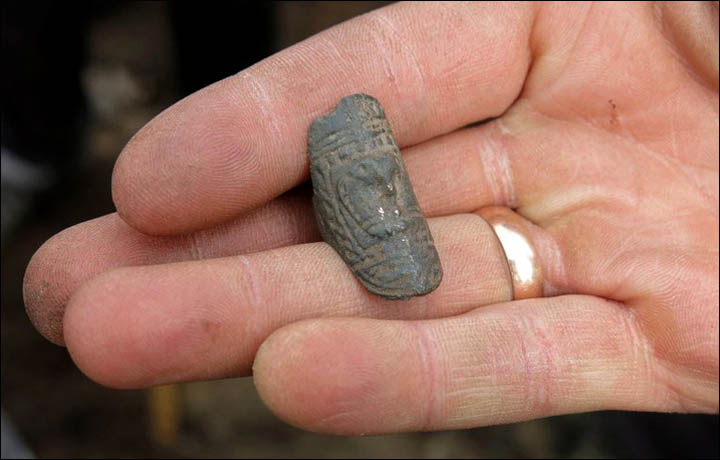
© Reuters PhotographerThese two young boys greeted by their grandmother belong to the Dalit or "untouchable" class, the lowest caste in the Hindu system.The caste system probably arrived in India about 3,500 years ago.
Throughout India and Southeast Asia, the caste system carries on as an age-old method of social separation between high, middle, and lower classes - and according to
Live Science, a new genetic analysis suggests that it was enacted around 2,000 years ago.
Researchers have found that people from different genetic populations have been intermingling in the Indian subcontinent about 4,200 years ago, but the mingling stopped about 1,900 years ago.
The genetic information along with ancient texts show that distinction classes had been forming from about 3,000-3,500 years ago, and the caste system came into place around 2,000 years ago.
According to
Time, researcher
Kumarasamy Thangaraj traveled to the
Andaman Islands 840 miles off of the eastern coast of India to collect blood samples from an isolated tribe of hunter-gatherers, which helped them find "pivotal" information in India's genetic history after Thangaraj deposited the blood to a blood bank along with 32,000 other samples of Indian countrymen.
The bloodlines pose a puzzle for Indian researchers, where traces can be seen in Eurasian and African descent. However, at one point in history the mingling stopped and different religious, linguistic, and tribal lines started to form, resulting in over 4,600 different genetic groups.
The find was
recently published in the
American Journal of Human Genetics, stirring up attention when it revealed that genetic mixing stopped nearly 2,000 years ago. Only historians can determine whether or not the castes stopped the mixing of bloodlines, or vice-versa.





